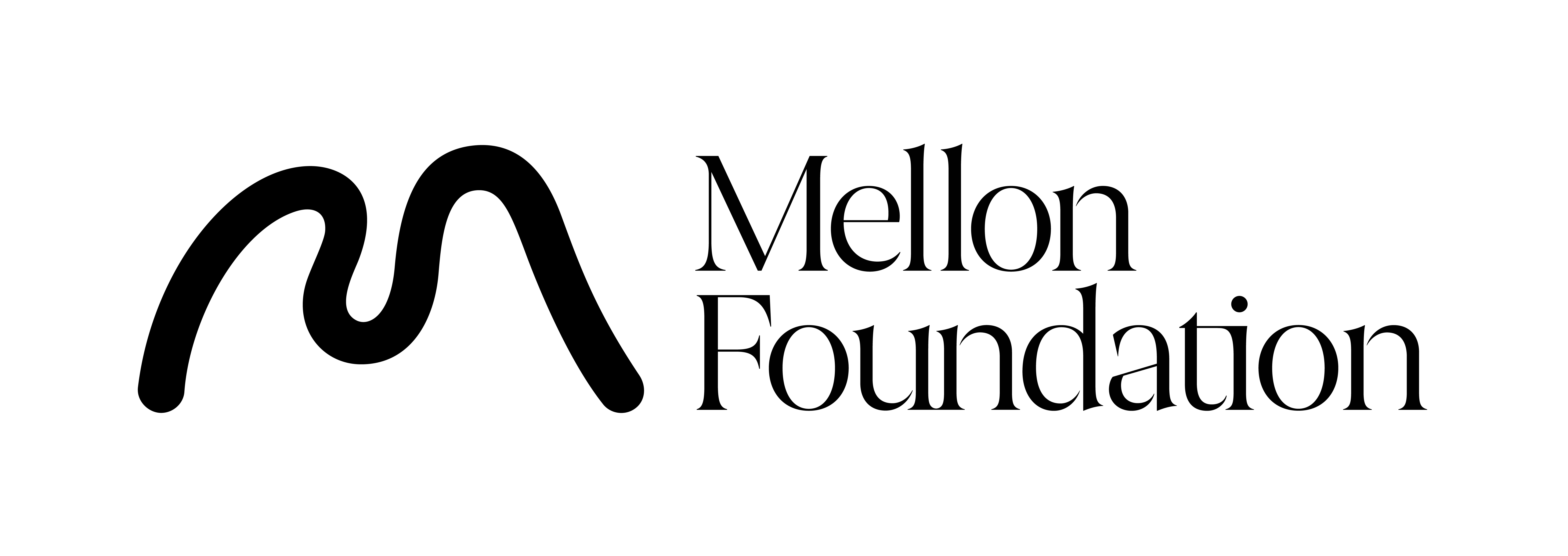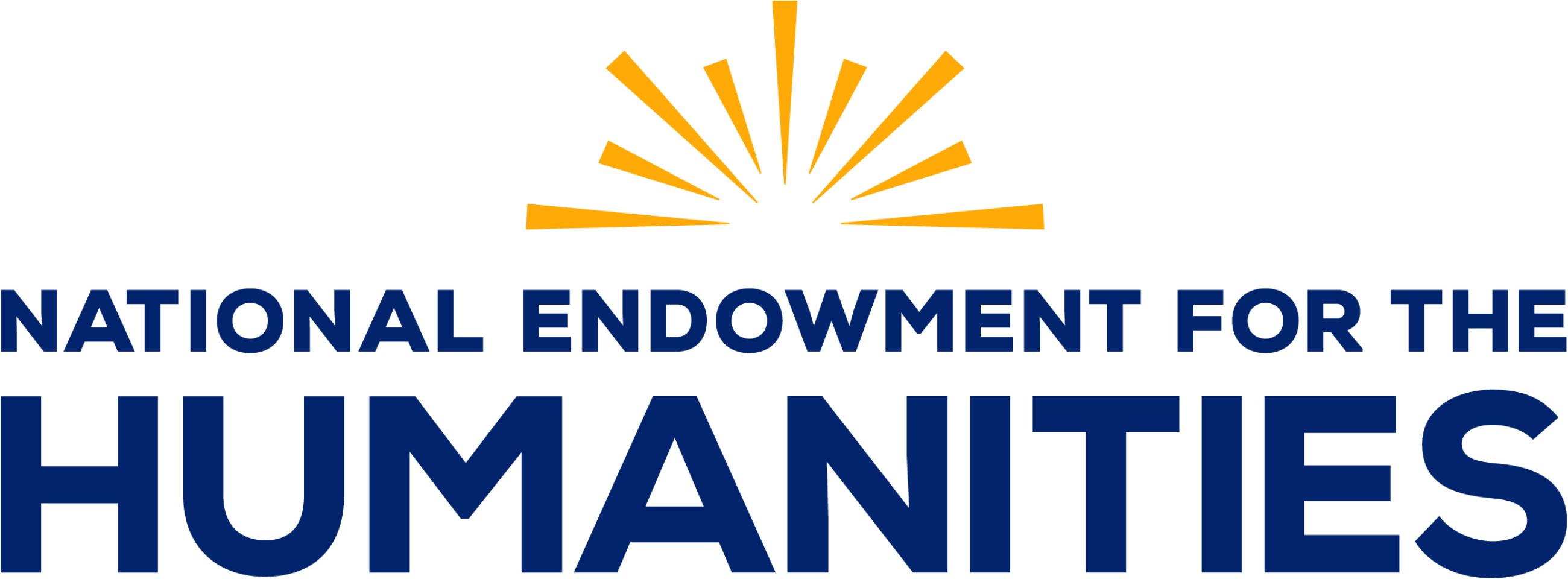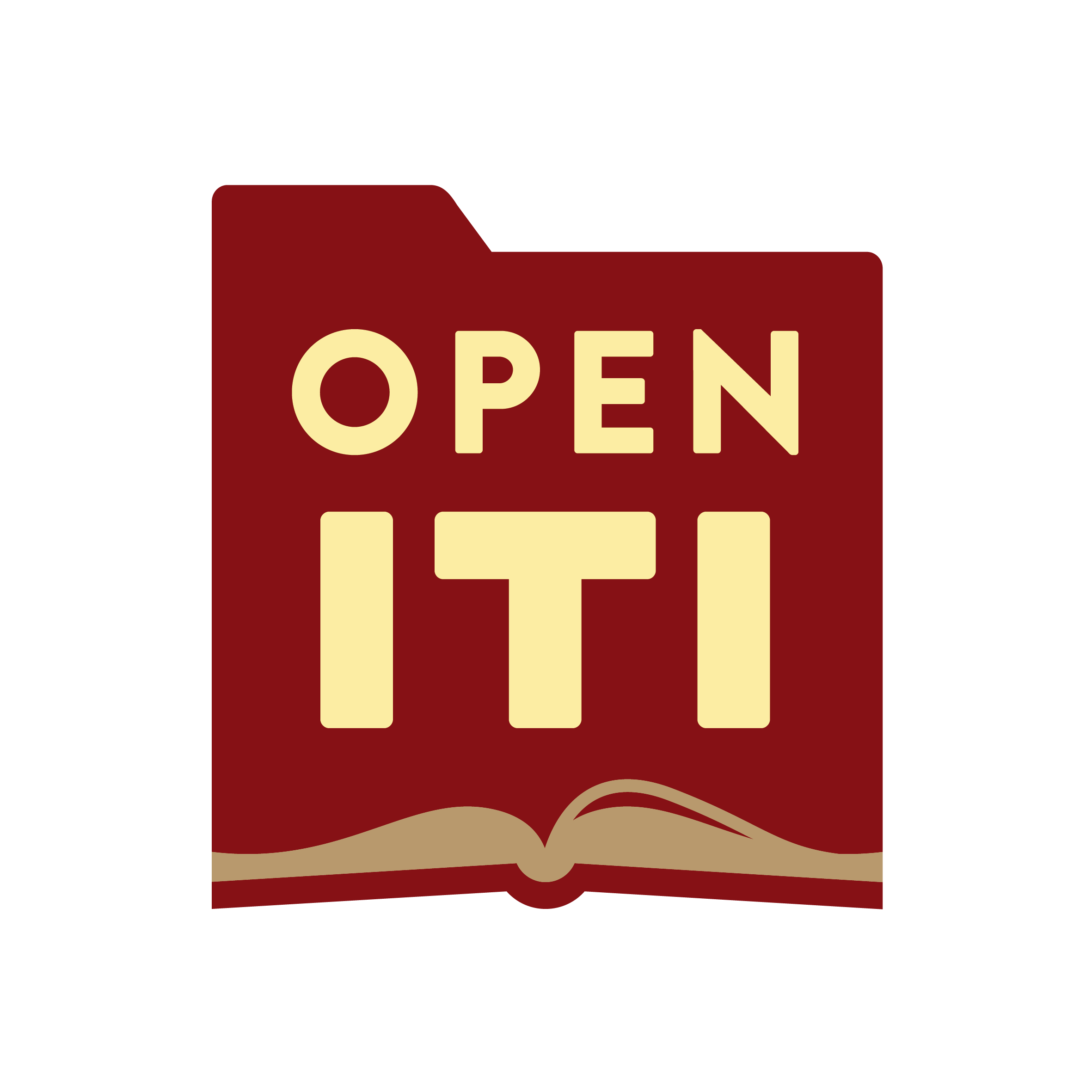As mentioned in last week’s post, one of the goals of OpenITI over the coming months and years is to develop new ways of exploring textual variability in the manuscript tradition using the affordances of digital tools and platforms. One of the distinguishing features of texts in Islamicate manuscript cultures (and in other manuscript cultures, even if the exact dynamics and contours might be somewhat different) is variability of many different kinds, and not just the sorts of essentially accidental errors and modifications that are inherent in the physical act of copying texts by hand. Manuscript transmission often involved deliberate interventions on the part of scribes (and of others involved in the process) which changed the nature of the new text compared to that being used for copying, through the excision or addition of words, lemmas, lines, even entire passages or chapters of a discrete work, with some genres of text seeing quite dramatic variability across manuscript exemplars within a given discrete text. For instance, differences between copies of the famous Persian epic the Shāhnāmah can vary on the order of thousands of lines, with entire sections added or missing from some lines of transmission. For similar genres such variability is not unusual, and in fact should be seen as an integral feature of the tradition, not a bug.
 A relatively early example of a Shāhnāmah manuscript, written in 1341 and dispersed in the twentieth century (Walters W.677)
A relatively early example of a Shāhnāmah manuscript, written in 1341 and dispersed in the twentieth century (Walters W.677)
The broad contours of the manuscript tradition as expressed in all cultural zones, including but not limited to the Islamicate, and its tendency towards variation and change have of course been recognized for centuries, with entire disciplines emerging to deal with questions of textual genealogy and edition formation. And while there is today greater recognition that when dealing with manuscript traditions a phrase as seemingly simple as “the text” can entail something very complicated indeed, typographic print (and its direct electronic descendants) is not the most appropriate medium for reconstructing the complex textual histories and material substrates of pre-print works; the affordances of the printed page and of the entire assembly of practices and materialities involved with print mean that a text is both fixed and essentially invariably across many, many copies, changes to the text taking place in a generally well regulated and controlled manner which is usually quite easy to trace.
One of our goals, which we will discuss at greater length here in the coming months, is to develop a work stream and, eventually, publishing platform in order to create robust and multi-layered multi-witness editions of texts from the manuscript tradition, editions that embrace and advance along the axes of variability and change over time within a given textual tradition, whether that entails dealing with relatively minor changes and modifications or whether it involves a high degree of textual variability and apparent instability. While we are still working on the precise details of all of this, we are currently working along several fronts, from manual transcription of experimental texts to refining our digital collation methods and analysis. We have a lot more in mind and hope to supplement our work through the eventual deployment of high-accuracy handwritten text recognition. In the coming months we will use this space to describe some of the texts and their manuscript traditions upon which we are working.
Towards those goals, as part of this summer’s digital paleography and codicology course, our students did extensive work on multi-witness manuscript texts, work which included locating and describing digitized manuscripts, doing transcription using the eScriptorium platform, resolving issues of paleography and of digital representation, preliminary collation of the transcribed texts, and evaluation of the variability discerned in the overall process. Over the coming weeks they will be sharing their work in this space, describing the texts they studied and the process of transcription, collation, and analysis; in future months other members of the OpenITI team will share our own personal projects. Given the diversity of interests and specializations represented among our students and the members of our team readers of this blog will be treated to a veritable miniature course in Islamicate manuscripts and textual genres—and indeed one of our overarching goals with our current work is to encourage and to facilitate interest in and work upon the vast treasures of Islamicate manuscript heritage, a sea that is, if not precisely without end, is deep and wide and has so much yet to reveal to those who labor in its depths.




